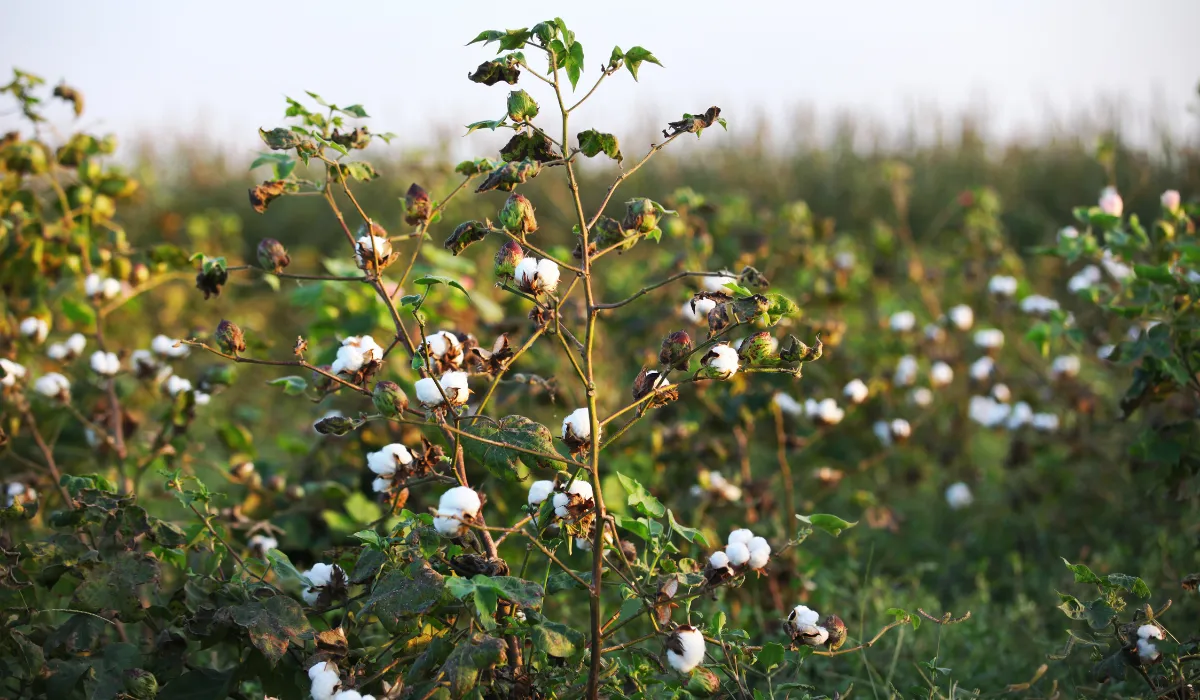The history of cotton is rich and diverse, much like the fabric itself. This humble plant isn't just a textile; it symbolizes economic power, cultural exchange, and social dynamics throughout history. To truly appreciate cotton's current significance, we must explore its historical journey and the influences that shaped it.

TheOrigins of Cotton
Cotton has been cultivated forthousands of years, with evidence pointing to early use in the Indus Valleyaround 5,000 BC. This region, known for its agricultural innovations, waspivotal for cotton’s rise. Valued for its softness, durability, and breathability,cotton became a favorite among early textile creators.
As trade routes expanded, cottonmoved from India to the Middle East and eventually to Europe, intertwiningitself with various cultures. The first known mention of cotton appears inancient Egyptian texts, which shows its importance in that civilization.
TheIndustrial Revolution and Cotton's Transformation
The Industrial Revolution was a keymoment for cotton’s evolution. The inventions of the spinning jenny and thecotton gin drastically changed cotton processing and weaving. What was once aluxury item became accessible to a broader audience. In fact, by the mid-19thcentury, the cotton industry accounted for about 50% of the United States’total exports.
This boom created jobs and prompteda mass migration to urban areas as people sought employment in factories. Theincrease in factory production led to a heightened demand for raw cotton,especially from Southern America. This period highlighted cotton's appeal andthe serious ethical issues connected to its production.
Cottonand Global Trade
By the 19th century, cotton wasfirmly established as a global commodity. Nations like the United States,India, and Egypt dominated the cotton market, spurring competition betweenthem. Consequently, advancements in shipping and logistics emerged, making thetrade more efficient.
The impact of cotton on global tradewasn't just economic; it was also deeply political. In the American South,cotton cultivation was closely linked to the institution of slavery. Thisconnection ultimately played a significant role in the social unrest leading tothe American Civil War.
TheCultural Impact of Cotton
Cotton's significance extends beyondeconomics; it shapes cultural identities around the world. It representstraditions and heritage. From the beautifully embroidered saris of India to thepopular denim jeans of the United States, cotton is versatile and serves as anartistic canvas.
In many regions, cotton productionis a legacy, with techniques and stories passed down through generations. Forinstance, the artisanal designs of traditional African textiles often showcasethe skilled craftsmanship that defines community identities.
Cottonin the Modern Era
Today, cotton is not just a commonfabric; it's vital to the global economy. With advancements in agriculturaltechnology and sustainable practices, cotton farming is undergoing atransformation. For example, organic cotton production has increased by over50% in the last five years, signifying a market shift towards environmentallyfriendly options.
Consumer awareness is on the rise,leading to a growing demand for ethically sourced cotton. Brands are now moreopen about their supply chains and sourcing practices, as consumers considerthese factors in their purchasing choices.
LookingAhead: The Future of Cotton
As we step into the 21st century,cotton's future is bright yet complex. The climate crisis calls for areevaluation of traditional farming methods. Innovations such as regenerativeagriculture and biotechnology are set to redefine cotton growing techniques,making them more sustainable.
Additionally, as we witness arenewed appreciation for natural fibers amidst the prevalence of syntheticmaterials, cotton is celebrated not just for its usefulness but also for itsconnection to history, culture, and the environment.
FinalThoughts on Cotton’s Journey
Cotton's journey from ancient timesto today reflects its enduring significance. As a natural fiber, it hasinfluenced economies, cultures, and industries. Understanding cotton's richhistory helps us appreciate the fabric we wear and recognize the stories woveninto every thread.
Moving forward, it is vital toengage with cotton in a responsible way. This ensures that its legacy remainsone of sustainability and respect for the environments and communities involvedin its production. Here's to a time-honored fiber that continues